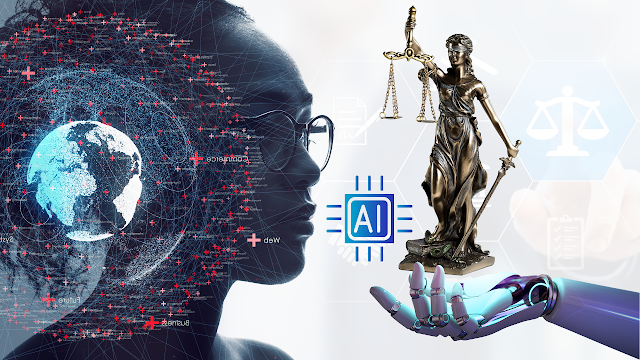The causes of dry eyes in children and adolescents are different. However, home remedies may be helpful in some cases.
Dry eyes can be uncomfortable. For children, dryness feels like the eyes are stretching. In fact, dry eye syndrome often causes a gritty feeling in the morning that usually gets worse during the day. May cause vision loss in children. However, dry eye does not usually cause permanent vision problems.
There are many reasons for dry eyes. Most of the time, dry air, smoke or pollution can irritate your eyes. Also, allergies and contact lenses can irritate your eyes. You can work with your eye doctor to find ways to improve your child's eye condition. On the other hand, home remedies are often helpful.
What is the cause of dry eyes in children?
Dry eye syndrome can make it difficult for children to do everyday activities such as reading, using the computer, and playing. Sometimes burning, itching and inflammation of the eyes, along with constant blinking, disrupts concentration in class. There are several reasons for dry eyes in children. Some of them are:
Read Also: The Golden Age of Islam: How Muslim Scholars Shaped Modern Science
Below are some products you can try.
1. Severe allergy with dryness caused by aggressive use of antihistamine
2. Using contact lenses
3. Conjunctivitis (pink eye) can lead to some types of dry eye
4. Malnutrition
5. Long-term use of digital devices such as smartphones
What are the different symptoms of dry eye in children?
Children cannot express their eye problems adequately. They often rub their eyes when there is such a problem. However, parents should continue to monitor their children to read their behavior to understand the root causes of such behavior.
Common symptoms of dry eye syndrome in children include:
- Frequent blinking
- Redness around the eyes
- Constant rubbing of the eyes
- Move away from light sources
- A burning or stinging sensation in or around the eye
- The moment I saw it blurs
Difficulty reading, using digital devices, or performing activities that require visual attention.
How to treat dry eyes in children at home
Your doctor may recommend artificial tears to help relieve symptoms associated with dry eye, but you can also use home remedies to help relieve dry eye syndrome.
Helpful suggestions include:
1. Avoid smoke and other things that irritate your eyes.
2. Make sure your child has sunglasses that cover both sides of the head. Be sure to use a hat or umbrella to protect your eyes from the sun, wind, dust and dirt.
3. Place the humidifier next to the child's bed or near the child. Always follow the instructions for cleaning the device.
4. Do not use the fan when your child is sleeping.
5. If your child normally wears contact lenses, use moisturizers or have him wear glasses until his eyes feel better.
6. Use your medicine safely. Make sure your child takes the prescribed medication exactly. If you think your child has a problem with medication, call your eye doctor.
7. Ask your child to use artificial tears at least four times a day.
8. If your child needs drops more than 4 times a day, use artificial tears without preservatives. It may be less irritating to the eyes.
9. If your child wears contact lenses, give them moisturizers.
10. Place a warm and moist cloth on your child's eyelids for about 5 minutes every morning. Then gently massage the eyelids. This helps to increase the natural moisture of the eye.
Read Also: Zero Shadow Day 2023: What Is The Scientific Reason Behind Zero Shadow Day?
Dry eyes can be a problem for children just as it can be for adults. Here's what you need to know about the causes and symptoms of dry eyes in children.
- Low Humidity: Dry air in a child's environment can contribute to dry eyes. This could be due to indoor heating during winter or air conditioning during summer.
- Screen Time: When children spend long hours on electronic devices, they blink less, leading to dry eyes.
- Medications: Certain medications, such as antihistamines, antidepressants, and acne treatments, can cause dry eyes.
- Allergies: Seasonal or environmental allergies can cause dry eyes in children.
- Medical Conditions: Certain medical conditions such as rheumatoid arthritis, juvenile arthritis, and Sjogren's syndrome can lead to dry eyes in children.
Symptoms of Dry Eyes in Children:
- Redness: The whites of the eyes may appear red.
- Itching: The eyes may feel itchy or uncomfortable.
- Burning or Stinging Sensations: Children may experience a burning or stinging sensation in the eyes.
- Sensitivity to Light: Dry eyes can cause sensitivity to light, making it difficult to be in brightly lit areas.
- Blurred Vision: Dry eyes can cause blurred vision or difficulty seeing clearly.
- Excessive Tearing: The eyes may produce more tears as the body attempts to compensate for the dryness.
If your child is experiencing any of these symptoms, it is essential to consult a healthcare professional. Treatment options may include artificial tears or other eye drops, environmental modifications, or medication. In some cases, lifestyle changes such as taking regular breaks from screens or using a humidifier may also be helpful.




























